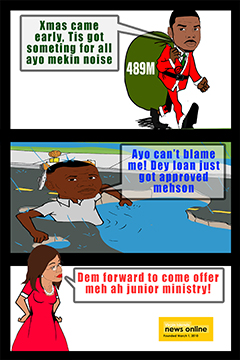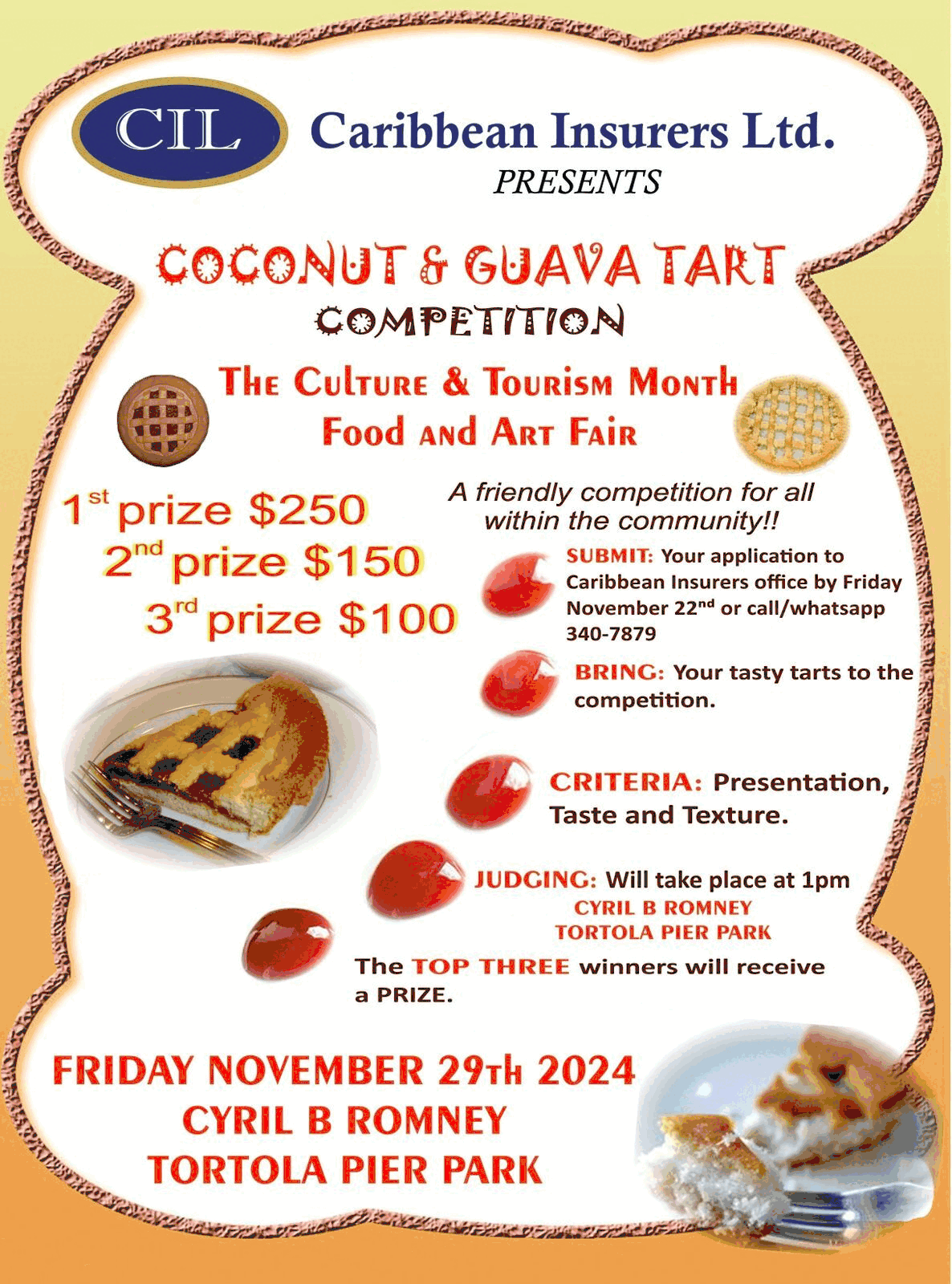Land is capital
Land is part of the capital mix. Land as capital is the mold for shaping and situating human society, productivity, and activity.
Now, the Caribbean cliché ‘’ land don’t spoil’’ is an appropriate assertion. We are born, exist, and die, on land. Nothing happens without the land. Civilization evolved on land.
Then all the various types of capital from enterprise, labor, management, and technology to machinery, buildings, finance, and natural resources, require land to transform into the form that producers and consumers require.
One sage person stated that the person who owns the land owns the country. That was an accurate observation.
From ancient times, the people who owned and controlled the land possessed the power to rule and decide on scarce resource allocation.
Today, international borders determine social, economic, and political boundaries. That is so even when it may appear that the world is becoming increasingly borderless with Avant-garde technologies such as Artificial intelligence, robotics, internet banking, digitization, and wireless trading.
Land is a crucial asset socially, politically, and economically. Social capital such as schools, hospitals, care homes, ports, police stations, and government offices all require land to exist. Economic capital, like shops, hotels, banks, farms, warehouses, restaurants, factories, and workshops- the list is endless- all require land.
Virgin Islanders guard their land zealously and rightly so. The Wickham’s Cay Matter with the Great Noel Lloyd’s Positive Action Movement where a threat to control key lands on the archipelago by Bates Hill and Co was a demonstration of this native understanding of the importance of land ownership for the country’s posterity.
That local land ownership was unlike the history of the Caribbean Islands where land remained in the hands of the European planters, and then a wealthy European bourgeoisie, even after the plantation era. That inability to own the land by former slaves and their families created a permanent underclass of landless Caribbean indigenes.
However, in the British Virgin Islands, providence and history saw a significant portion of the land transferred to the native population. A landless population is a disenfranchised population.
Land ownership by the native population post-slavery allowed for the building of humble homes, subsistence farming that fed the population, basic docking for fishing boats, the first schools and clinics, and more, leading to the establishment of a self-governing and self-sufficient community. Native land ownership has been integral to the Virgin Islands' culture.
Land ownership by natives started a new community led by light-skin Creoles who were the product of white planters and their enslaved mistresses. These Creoles owned a greater proportion of the land than their darker-skinned brothers and sisters post-slavery, allowing these families to become entrepreneurs and landowners whose progeny became the new elite after the wealthy white planters returned to the United Kingdom. Social class in the Virgin Islands has land ownership as the key factor to this day.
Land ownership has driven the social structure of the Virgin Islands and enabled a thriving business community. The supermarket owner, drinking water supplier, quarry business, building contractor, building supplies, private hospital, local hotel, seaside restaurant, car rental, would not exist without the efforts of forbears who owned land passed on. Businesses that rent premises also benefit from land as part of their capital mix.
Control and ownership of land have allowed native Virgin Islanders and citizens to own businesses, communal property such as churches and community centers, and the homes where they dwell. Land, with the added forms of capital such as enterprise and technology, drives the Virgin Islands' prosperity. Native Virgin Islanders, citizens of the Virgin Islands of all hues and ethnicities, must never take land ownership for granted, or they will wake up one morning to the life of regret of the dispossessed. ‘’Land don’t spoil’’ and land lasts many generations.










.png)





























9 Responses to “Land is capital”
The Planter class bolted from the territory leaving it supposedly as only useful as a bird sanctuary, poverty stricken, and the poor house of the West Indies. The Black slave descendants had no way and no means to leave in mass. Instead, they stayed behind, struggled, saved and bought the land left by the planter class. Today, the VI has one of the highest standard of living, quality of life and per capita income in the region. However regentrification is on the rise with outsiders paying above market prices putting land outside the reach of many local Virgin Islanders. Moreover, some Virgin Islanders have inherited land but seem to lac the understanding or don’t care about what their forebears had to endure to procure it and are letting it go. They are missing that land is a non-renewable resource and a Virgin Islanders identify. At the current rate of transfer, pretty soon all some Virgin Islanders would be to do is a) walk by, b) drive by, c) sail by or d) fly over and painfully and sadly lament that their parents, grandparents or greatgrand parents own this or that piece of prime land.
Ok. Land is 1of 3 prime factors of production; the other two are capital and labour. Land is all the natural resources, ie, minerals, forests, fish, etc. Capital typically entails the tools, factories, technology, equipment, etc needed to produce stuff. Capital is physical stuff and money is used to buy stuff and invest in capital. For economic growth investment is needed in human capital but investing in human capital is not enough. Investment in physical capital is also needed for economic growth..
Another thing you forget about the colonialists and Caribs and Arawaks is that they were wiped out through genocide, refusal to confirm to labor demands, European diseases, etc. Similarly, the colonialists didn’t only expropriated American Indian lands but also committed genocide, and confined them to reservations. They took the Indians land, and enslave Africans to clear and work the land to build tremendous wealth and for slaves to provide for the comfort of slave masters. Ayu need to stop being so politically correct and call a space a space.
In November 1884, 14 countries met in Berlin to partition/divide Africa in what is known as the scramble for Africa among them . At the conclusion of the Conference in February 1885, Africa was divided among 7 European countries, viz, England, France, Spain, Portugal, Belgium, Italy, and Germany. The remaining 7 attendees walked away with none of Africa, viz, USA, Austria-Hungary, Russia, Denmark Netherlands, Sweden-Norway, and. the Ottoman Empire. This scramble for Africa resulted in the exploitation of the former land holders, taking of African resources without the permission and benefit of Africans, and the Greatest transfer of African wealth to Europe, building European economies, and keeping Africa and African people depressed with a low standard of living and quality of life, despite residing in resource rich Africa. Let’s take a looksy at Doctrine of Unequal Exchange.
The Moors, Arabs, and European traders traded trinkets for precious minerals, other precious resources and commodities, and even human capital. This practice too contribute to the Great transfer of African wealth to Europe. Hope this helps.
Disclaimer: Cannot vouch for the total authenticity of the information provided based on info from a college course.